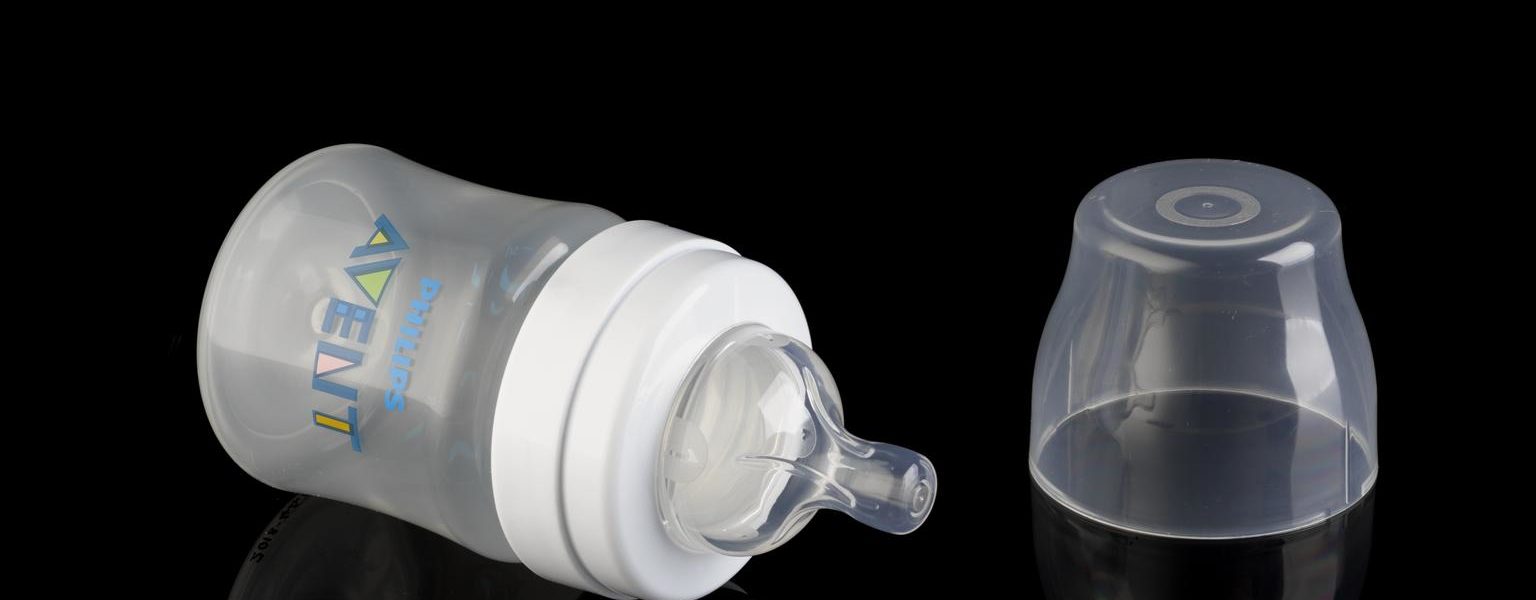Since babies first began to crawl and explore the world around them, plenty has changed in the way we raise our children. But one thing that has remained constant is the need to feed hungry infants.
Items such as muslin cloths and dribble bibs are familiar to many of us, and can be found in prams, nappy bags and supermarkets.
However, it might be surprising to know that the Science Museum Group Collection contains a range of historic, and more recent, items used to support parents in feeding their little ones.
Breastfeeding infants is an obvious place to begin.

Whilst for many families breastfeeding is established comfortably and quickly, some parents need more help to get started.
With 8 in 10 parents stopping breastfeeding before they want to in the UK, UNICEF have highlighted the present need for more support in the UK for parents who choose to breastfeed.
The following items from our collection show some of the methods used in the past to help nursing parents.
Historically, nipple shields were used to aid nursing parents to alleviate soreness, help with latching-on and support inverted or flattened nipples.
Examples in the collection range from upmarket silver or ivory to rubber, wood, glass and even beeswax.

There are several historic examples within the Science Museum Group collection of breast relievers and pumps, too.
Pumps, in particular, may be familiar equipment to parents today as electronic, or hand pumped, devices that mimic the action of babies suckling, allowing mothers to express milk and store it for use later, or in some cases, to be donated.
First patented in the United States in 1854 by Orwell H Needham, the basic premise is the same today, but breast pump design has become more user friendly with time.

This advert shows a pump not dissimilar to this one in the collection. The mechanism worked by creating a vacuum between the breast and glass cup, whilst the user’s spare hand did the pumping.
The first semi hands-free electric breast pumps arrived in the mid 20th Century, such as this retro trasparent model by Swedish engineer Einar Egnell.
However, the use of electronic pumps was mainly limited to hospital settings until the 1990s, when breast pump companies, including Egnell’s, developed personal breast pumps at a smaller and more convenient scale.

If parents weren’t able, or chose not to breastfeed, alternatives to breast milk have been used since ancient times.
Evidence suggests infants were fed animal milk from baby-friendly vessels, like this covetable example from the British Museum, as long ago as 5000 BC.
Pap boats were used to hand-feed a mix of bread and milk, or even pre-chewed food into the 19th century.
These options were lacking in nutrients, however, and contaminated food and feeders caused high rates of infant illness and mortality.
‘Banana’ shaped bottles, such as the one below, were developed at the turn of the 20th century. With removable rubber teats, smooth and easily accessed interiors, they were easier to keep clean.

The design was popular until the 1950s, when the familiar, and even more convenient upright bottles came to market for use with either expressed breast milk or formula.
Formula was developed as advancements were made in microbiology such as sterilisation and pasteurisation.
Using this new knowledge, 19th century scientists addressed the need for breast milk alternatives that were safer than the bread and milk mixtures or chewed food mentioned above.
Both Justus von Liebig and Henri Nestlé contributed to the development of the first infant formulas, using cow’s milk as a key ingredient. In the 20th century, emphasis was placed on creating formulas that more closely resembled the composition of breast milk.
In recent decades, there has been criticism of formula companies for their marketing strategies and market expansion, such as introducing ‘hungry baby’ and ‘good-sleep’ formula varieties.
The NHS and charities have published guidance for parents who use formula, stating that in the main ‘first infant’ formulas are the only type babies would need.

Whether breast, bottle feeding or both, parents across time have shared the same goal: giving their children a good start in life.
While this has changed very little, the objects above show how past societies have created technologies, if and when they found a need, to help achieve that aim.
Update: Thanks to Ellie Miles, NHS Breastfeeding Peer Support Volunteer, curator Helen Peavitt, Ashleigh Hibbins and others who have shared their thoughts for this blog post.
